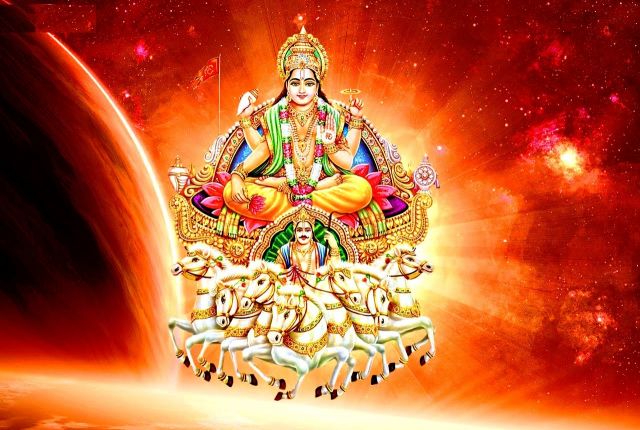Surya Jayanthi / Rathasapthami Rathasapthami is also known as ‘Surya Jayanthi’ because it celebrates the power of the Sun God who is believed to be an incarnation of Lord Vishnu. Surya is considered Lord Vishnu and hence called Suryanarayana or Pratyaksha Daivam. Rathasapthami is the festival that falls on the Seventh day of the bright Read More
Ads Blocker Detected!!!
We have detected that you are using extensions to block ads. Please support us by disabling these ads blocker.

